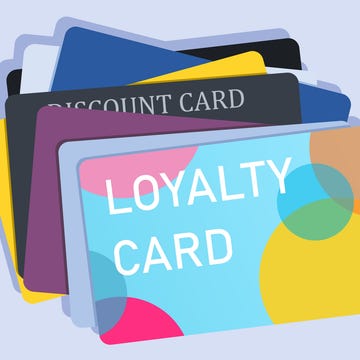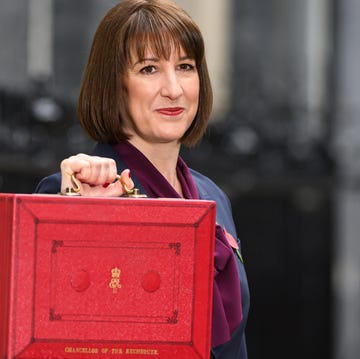We all know we should shop around for a better deal on our savings but, let’s face it, it’s a time-consuming chore. So it’s little wonder that 58% of us keep our savings with the same bank as our current account, according to new research by Flagstone, and that only 23% of savers have switched their savings account in the last six months to get a better interest rate. Enter: the cash savings platform.
These new online savings marketplaces have been growing in popularity because they make it easier to compare rates, switch and make your money work harder, rather than languish in a low-interest account.
How do cash savings platforms work?
Once you’ve registered with a platform, you transfer your pot of money to the hub account. (Savings platforms aren’t banks so the hub account should always be a registered bank, covered by the Financial Services Compensation Scheme). From there, and with just one set of login details, you can decide which savings accounts from a range of partner banks and building societies to put your cash into (it can be split between several).
"At the click of a button, you can switch when a new, improved account comes along, or when your bond matures, without the need to fill in yet another application, with a new login and/or password to remember and more security questions and ID checks to fulfil," says Anna Bowes, co-founder of Savings Champion. You’ll be nudged when better options become available and when any fixed-rate bonds or notice accounts are coming to an end.
Although the platforms sometimes offer exclusive rates, interest paid may also be slightly lower than you’d get if you went directly to the bank itself. "These new platforms are great for people who don’t have the time – or enthusiasm – to switch between banks the old-school way, especially at a time when rates are changing regularly," says Mark Hicks, head of Active Savings at Hargreaves Lansdown.
Should I switch to a savings platform?
Pros
✔ Simplicity: One application form and one set of login details to access several accounts.
✔ Flexibility: It’s easy to stay on top of frequently changing savings rates and switch with minimum hassle. "Savers who have multiple short-, medium- and long-term savings accounts with portions of their cash maturing on a regular basis stand to benefit the most," says Claire Jones, head of strategic relationships and new business (sales & banks) at Flagstone.
✔ Protection: Under the Financial Services Compensation Scheme, your money is protected up to £85,000 held with each bank or institution. "With larger sums, to keep more of your money protected, you’d need to open multiple savings accounts – and many people find this too tedious. Whereas on a savings platform, it’s much easier to spread the load," says Anna.
✔ Time saved on your tax return: "For savers with large amounts of cash, another benefit is that an annual income statement is produced, showing all the gross interest earned each tax year from all the providers," says Anna.
Cons
✘Restricted choice: Savings platforms aren’t ‘whole of market’, so they might not always offer the highest interest rates available. If you’re a dedicated switcher and happy to do the legwork, you may be able to dig out a slightly higher rate yourself.
"It’s important savers compare deals across the entire market before committing, particularly if they’re enticed by a welcome bonus for joining and if the platform charges an administrative fee," says Rachel Springall, finance expert at Moneyfacts.
✘Minimum initial deposits: Check if you can deposit less if you apply for the account direct.
✘Fees: The platforms we’ve mentioned above have no customer fees, earning their money from the partner banks. However, other platforms, such as Savers Hub and Insignis Cash, charge a fee, so they’re more appropriate for savers investing larger sums (£50k+).
Fee free platforms
All of the below offer a choice of fixed term, easy access and notice accounts. Only one — Hargreaves Lansdown — currently offers Cash ISAs but it’s in the pipeline for others. This is just a selection of what's available:
- Launched 2013
- Minimum deposit: £10K
- 66 partner banks including HSBC, Nationwide Building Society, Santander, Shawbrook Bank, Kent Reliance, more than 200 savings products
- Hub account provider: HSBC
- Launched 2017
- Minimum deposit: typically £1k (some accounts higher)
- 41 partner banks including Aldermore, ICICI Bank, and Paragon, x products
- Hub account provider: Clearbank
Hargreaves Lansdown Active Savings
- Launched 2018
- Minimum deposit: £1
- 24 partner banks including Coventry BS, Paragon Bank, Santander International and Investec, and more than 75 products.
- Hub account provider: Barclays Bank
- Launched 2021
- Minimum initial deposit: £1K
- 7 partner banks including GB Bank, Aldermore, Investec and Paragon, 24 products
- Hub account provider: Clearbank














